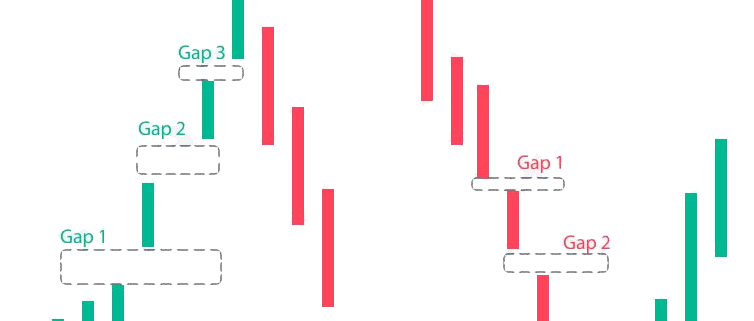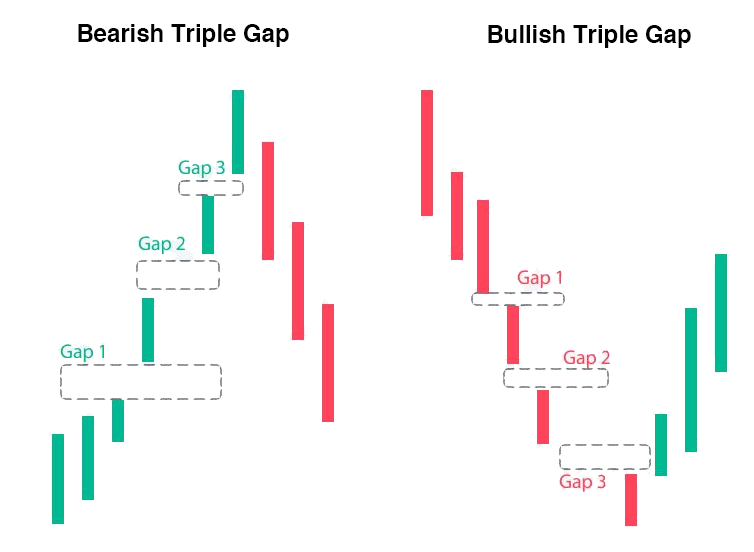A moving average (MA) is a widely used stock indicator in technical analysis, designed to smooth out price data by calculating an ongoing average price over a specific period.
This smoothing process helps mitigate the impact of random, short-term fluctuations, providing a clearer view of the stock’s overall price trend.
Understanding a Moving Average (MA)
Moving averages are essential tools for identifying the trend direction of a stock and determining its support and resistance levels.
Since they rely on past prices, moving averages are considered lagging indicators, meaning they reflect trends that have already begun.
The longer the period considered in the moving average, the greater the lag. For example, a 200-day moving average will lag more than a 20-day moving average because it incorporates a broader range of past prices.
Types of Moving Averages
Simple Moving Average (SMA)
A simple moving average (SMA) calculates the arithmetic mean of a set of prices over a specific period.
To compute the SMA, you sum the closing prices over the chosen period and then divide by the number of days in that period.
The SMA is particularly effective in evaluating the strength of a current trend but is less useful in predicting price movements in sideways or range-bound markets.
Exponential Moving Average (EMA)
The exponential moving average (EMA) gives more weight to recent prices, making it more responsive to new information.
This weighting process helps the EMA react quicker to price changes than the SMA, which treats all data points equally.
Due to its sensitivity to recent price action, the EMA is preferred by traders who require quicker signals, although it can generate more false signals.
How Moving Averages Work
Moving averages are commonly used to identify trend direction.
For instance, a rising moving average suggests that the stock is in an uptrend, while a declining moving average indicates a downtrend.
Moreover, moving averages are instrumental in confirming momentum through crossovers.
A bullish crossover occurs when a short-term moving average crosses above a longer-term moving average, indicating upward momentum. Conversely, a bearish crossover happens when a short-term moving average crosses below a longer-term moving average, signaling downward momentum.
Examples of Moving Averages
- SMA Example: If you have a 10-day SMA, you would calculate the average of the closing prices over the last 10 days. As each new day’s price is added, the oldest day’s price is dropped from the calculation, resulting in a constantly updated average.
- EMA Example: To calculate a 20-day EMA, you first compute the 20-day SMA, then apply a multiplier (smoothing factor) to weigh recent prices more heavily.
Applications of Moving Averages
- Bollinger Bands®: A Bollinger Band® is a technical indicator that uses a moving average to define the middle band, with additional bands plotted at a distance of two standard deviations above and below the moving average. This setup helps identify overbought and oversold conditions.
- Moving Average Convergence Divergence (MACD): The MACD tracks the relationship between two moving averages—usually the 26-day EMA and the 12-day EMA. A nine-day EMA of the MACD (signal line) is then plotted on the same graph, helping traders identify potential buy and sell signals.
- Golden Cross: A golden cross occurs when a short-term moving average (e.g., 15-day) crosses above a long-term moving average (e.g., 50-day). This pattern is considered a bullish signal, indicating that a strong uptrend may be on the horizon.
Concluding Thoughts
A moving average (MA) is a fundamental tool in technical analysis, offering a clearer perspective on price trends by smoothing out short-term volatility.
While the SMA provides an evenly weighted average, the EMA gives more emphasis to recent data, making it more responsive to new trends.
Both types of moving averages are valuable in identifying trend directions and confirming momentum, especially when used alongside other technical indicators.
The Synapse Network is our dedicated global support team, including event managers, research teams, trainers, contributors, as well as the graduates and alumni from all our previous training program intakes.



